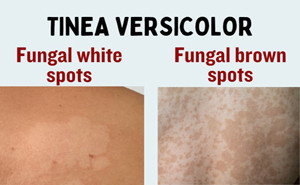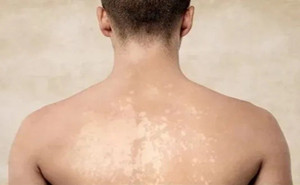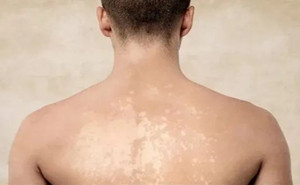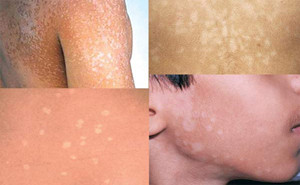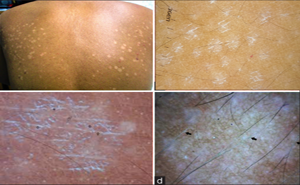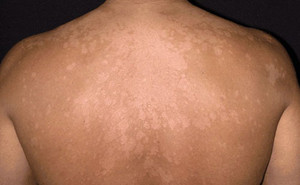Featured
Importance:
Pityriasis versicolor generally clears
satisfactorily with treatment but often recurs when conditions are suitable for
malassezia to proliferate. It recurs when the weather becomes warm and humid
again. Regular use of topical treatment minimizes this risk. The color may
persist for weeks or months, particularly the hypopi...
Ketoconazole
is in a class of antifungal medications called imidazoles. It works by inhibiting
the growth of fungi that cause the infection.
Topical
ketoconazole is indicated for the treatment of cutaneous candidosis (including
vulvitis), tinea (pityriasis) versicolor and seborrhoeic dermatitis caused by
Malassezia (previously called Pi...
PubMed Central: November, 2022Tinea versicolor is a common superficial fungal infection of
the skin with various clinical manifestations. This review aims to familiarize
physicians with the clinical features, diagnosis and management of tinea
versicolor.Tinea versicolor is caused by Malassezia species,
notably M. globosa, M....
Pityriasis versicolor (PV) also
known as tinea versicolor, which is chronic and superficial fungal skin disease
caused by Malassezia yeasts. A permanent cure may difficult to achieve and this
may explain the long-term nature of the disease. Consequently, a preventive
treatment regimen may help to prevent the recurrence of pityriasis versicolor....
Pityriasis versicolor (PV), also
known as tinea versicolor, is caused by Malassezia species.
This condition is one of the most common superficial fungal infections
worldwide. This may be triggered by various
factors, including humidity and high temperature, hyperhidrosis, familial
susceptibility, and immunosuppression. Consequently,...
Tinea (pityriasis) versicolor is a
superficial fungal infection and one of the most commonly found pigmentary
disorders of skin caused by the yeast Malassezia. Multiple topical as well as
systemic therapies are available for treatment. Systemic therapies are used for
extensive disease, frequent relapse or where topical agents have failed. TAKE...
JAMA DERMATOLOGY: Pityriasis (tinea) versicolor often
reoccurs even after successful treatment, with relapse rates ranging from 60%
to 90% within two years. Therefore, it is important to
evaluate a prophylactic regimen that may be effective and safe in preventing
the recurrence of pityriasis versicolor.Treatment options for pityriasis
versicol...
Indian Journal of Dermatology, Venereology, and Leprology: Published on
2019A 28-year-old man, undergoing
treatment for vitiligo, presented with complaints of new lesions on the neck
for the last 1 week. On examination, multiple hypopigmented macules were seen
on the neck.Figure 1: Patient with vitiligo (red arrow) showing
multiple hypopigment...
PubMed Central: Published on January 2019Tinea (Pityriasis) Versicolor is a
common, chronic, superficial fungal infection caused by Malassezia spp.
It is characterised by hyperpigmented, hypopigmented macules and patches on the
face, upper trunk, back, chest paralleling the density of sebaceous gland. Several topical and systemic
antifungal age...
Pityriasis versicolor, also known
as tinea versicolor, is a common, benign, superficial fungal infection of the
skin. Tinea versicolor is not considered contagious.
Pityriasis versicolor is caused by
Malassezia fungus, also known as Pityrosporum. It is a component of normal skin
flora. It is more common in warm and humid conditions.
C...


